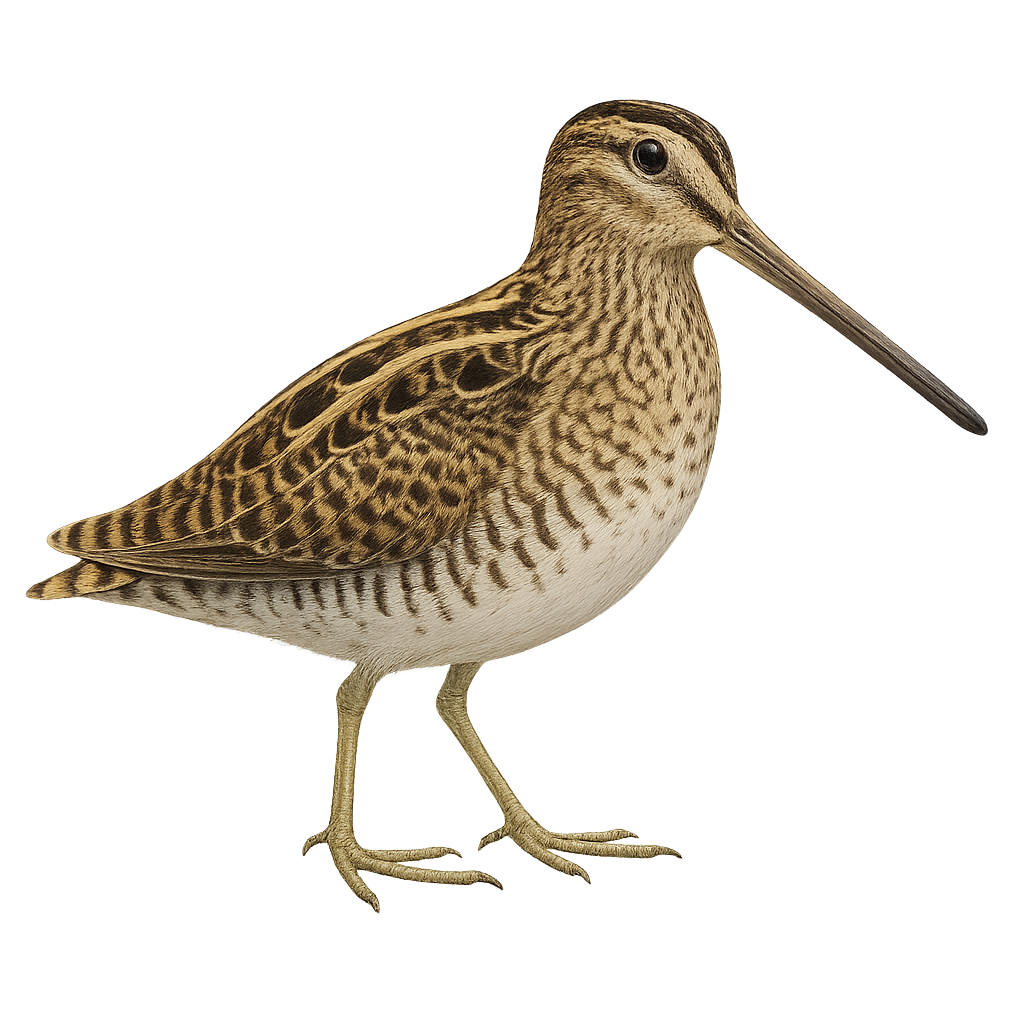Your wildlife photography guide.
Explore the swinhoe's snipe in detail, study its behavior, prepare your shots.
Where to observe and photograph the swinhoe's snipe in the wild
Learn where and when to spot the swinhoe's snipe in the wild, how to identify the species based on distinctive features, and what natural environments it inhabits. The WildlifePhotographer app offers tailored photography tips that reflect the swinhoe's snipe’s behavior, helping you capture better wildlife images. Explore the full species profile for key information including description, habitat, active periods, and approach techniques.
Swinhoe's Snipe
Scientific name: Gallinago megala

IUCN Status: Least Concern
Family: SCOLOPACIDAE
Group: Birds
Sensitivity to human approach: Suspicious
Minimum approach distance: 10 m
Courtship display: April to May
Incubation: 20-22 jours
Hatchings: May to June
Habitat:
Marshes, wet meadows, rice fields
Activity period :
Active at dawn and dusk, ideal moments for observation.
Identification and description:
The Swinhoe's Snipe, or Gallinago megala, is a discreet and well-camouflaged bird often seen in the wetlands of Asia. It is distinguished by its brown mottled plumage and long pointed tail. This migratory bird frequents marshes, wet meadows, and rice fields, where it primarily feeds on insects and small invertebrates. Its ability to blend into its environment makes it difficult to spot. The Swinhoe's Snipe is known for its fast and zigzagging flights, a behavior that helps it evade predators. Although its conservation status is concerning, it remains relatively widespread in its range.
Recommended lens:
400 mm – adjust based on distance, desired framing (portrait or habitat), and approach conditions.
Photography tips:
To photograph the Swinhoe's Snipe, it is advisable to use a telephoto lens of at least 400mm to capture detailed images from a distance. As this bird is suspicious, it is important to remain discreet and blend into the landscape. Focus on crepuscular hours, when the bird is most active. Use a tripod to stabilize your camera and avoid motion blur. Be patient and wait for the bird to feel comfortable to get natural and authentic shots.
The WildlifePhotographer App is coming soon!
Be the first to explore the best nature spots, track rutting seasons, log your observations, and observe more wildlife.
Already 1 430 wildlife lovers subscribed worldwide

